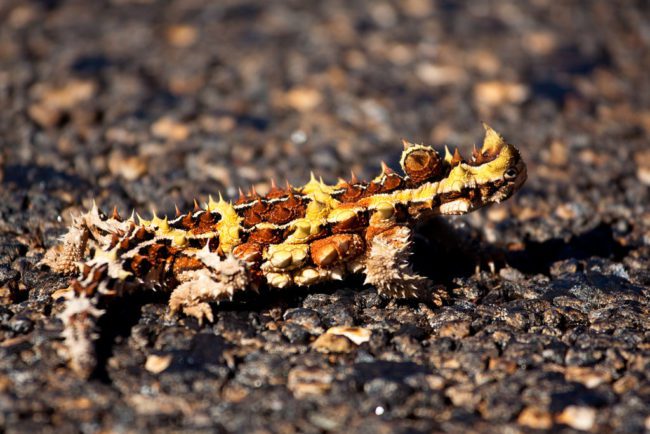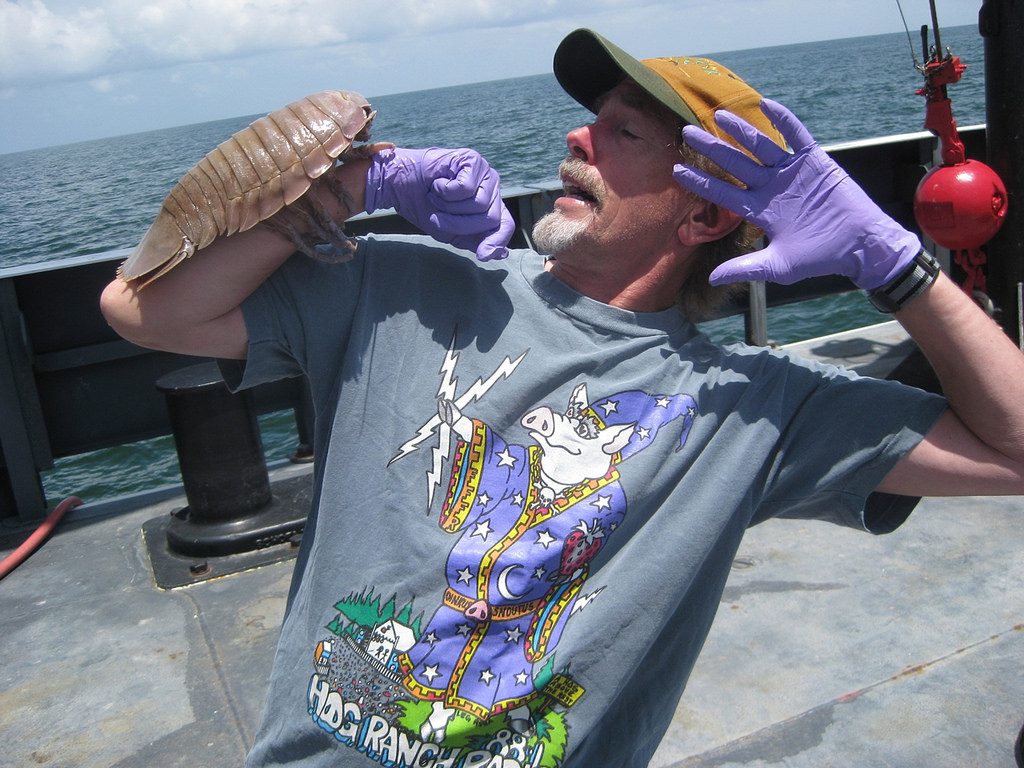
The Halloween season is filled with costumes and decorations to frighten. The countries that celebrate are exposed to Frankenstein, vampires, ghouls, zombies, and ghosts. However, there are creepy creatures that are relatively unknown. In fact, there are many creepy monsters living in the world.
Canadian Monsters
In Canada, a new creature was accidentally discovered living beneath the Arctic ice. The Monstrillopsis Planifrons has eight hairy legs and a flat head. It is reported to be a cyclops, with odd-looking reproductive organs, fuzzy antenna, and no mouth. This monster is about 0.08 inches in length and one of the Monstrillidae family.
Austrailian Monsters
The macropanesthia rhinoceros typically it has a brawny body, is glossy, and dark brown. It is the largest cockroach in the Phylum Arthropoda classification and is native to Queensland, Australia.
Contrary to myths, this bug does not fly. These monsters can grow to 3 inches, or more, in length.
Monsters of the Sea
Believe it or not there real vampires living in the deep waters of the globe. Vampyroteuthis infernalis spend their lives between 1,800-3,500 feet below the surface in temperate and tropical areas. When they were first identified in 1903 it was mistaken for an octopus and it is also similar to a squid in that they all have tentacles.
“The vampire squid has a very gelatinous form, resembling a jellyfish more than the common squid,” according to Sea and Sky. These monsters have protruding flaps that appear, at first glance, to be ears upon, however, they are fins and their method of propulsion.
Like many of the deepwater creatures, the vampire squids have the ability to light up their bodies using photophores, light-producing organs, which operates through bioluminescence. They are completely invisible when they are not lit up.
Another monster that resides in the dark waters is the Giant Isopod, they are one of nine members of the Bathynomus genus and are related to the pillbugs commonly found in gardens. Writers for Sea and Sky explain why the crustacean grows to 16 inches long:
The enormous size of the giant isopod is a result of a phenomenon known as deep sea gigantism. This is the tendency of deep sea crustaceans and other animals to grow to a much larger size than similar species in shallower waters.
Monsters Called Dragons
These two dragons are found in drastically different environments, the Moloch horridus in the desert and in the ocean is the Grammatostomias flagellibarba.
Found in Australia is the thorny dragon, which is also called mountain devil, the thorny lizard, or the Moloch. It is an 8-inch-long monster that can live up to 20 years. The dragon has the ability to make itself less attractive to predators by puffing out its chest to make themselves look larger, this also makes it more difficult to be swallowed.
Surprisingly, the Moloch is an obligate myrmecophage, they only eat black ants and do so by the thousands each day. Its spiny thorns enable the Moloch to consume moisture from the air to keep it hydrated.
The second is found in tropical oceans to depths of 5,000 feet. The Deep Sea Dragonfish is a savage predator even though it only measures 6 inches long. Compared to its body size, the monster’s teeth are huge. Another feature of this fish is they benefit from bioluminescence, which they use to lure fish into their vicious bite.
Dragonfish can be found in most oceans but they are primarily found in the waters of North and Western Atlantic oceans and the Gulf of Mexico.
Monsters real and imagined can cause the hair on the back of a person’s neck. They can make one’s skin crawl. Their size is not a factor, in fact, creepiness comes in dimensions from diminutive to massive.
By Cathy Milne
Sources:
Tech Times: Canadian Monster? New Eight-Legged Species Found Underneath Arctic Ice
WIRED: The Creature Feature: 10 Fun Facts About the Thorny Devil
Sea and Sky: Deep Sea Creatures: Giant Isopod; Deep Sea Dragonfish; Vampire Squid; Bioluminescence
Orkin: Cockroaches
Featured Image Courtesy of NOAA Fisheries West Coast’s Flickr Page – Creative Commons License
Top Image Courtesy of Dave Scriven’s Flickr Page – Creative Commons License



